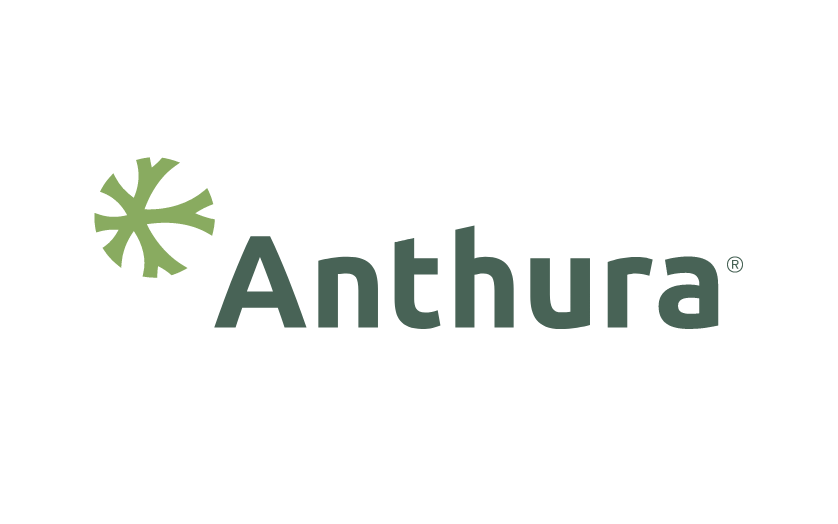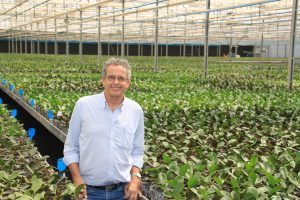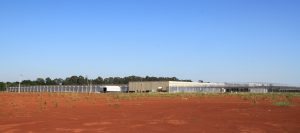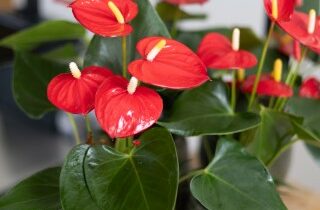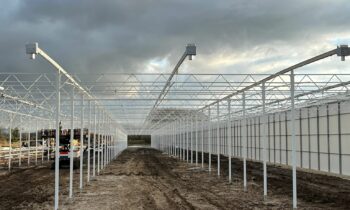Frans van de Weijer is an important grower in Brazil. He has been living there for almost 40 years, a period during which his company Ecoflora has evolved significantly.
You emigrated to Brazil in 1978. Why did you take this step?
I emigrated to Brazil in August 1978 because I wanted to set up a pot plant nursery. Since I do not come from the agricultural and horticultural sector and my father did not have any resources or possibilities to help me to get started, I chose to emigrate to Brazil: a country where I needed less capital to start up a pot plant company and with a huge potential market.
Could you tell us something more about your company?
I started my company in September 1980 on a rented plot with a small shadow house and some henhouses. We took away the roof tiles from the henhouses and stretched plastic over them, putting a sign on the door with the word ‘greenhouse’. Those were our first greenhouses. At that time, we were growing ferns for the local market.
In 1983, I bought a 10-hectare plot near the centre of Holambra. We are still established on that location. The 10 hectares have multiplied over the years by the acquisition of some neighbours’ land. Today we have 9.5 hectares of greenhouses and approximately 6,000 m2 of barns here, where
we grow three hectares of young Phalaenopsis plants, 12 cm pot and 6 cm pot Phalaenopsis, one hectare of young plants of Dendrobium Phalaenopsis, 2.5 hectares of Oncidium and Intergeneric and three hectares of bromeliads.
In addition, we also bought several other plots around Holambra over the years. On one of these plots we have 6.5 hectares with shadow houses and one hectare with greenhouses for pot Dendrobium Phalaenopsis.
On another plot, 20 km away from Holambra, where we own 340 ha, we have been growing since 1999 approximately 50 hectares with Amaryllis bulbs for the international market. For the last three years we have been building a new greenhouse complex on this location where we have levelled 20 hectares of land for the future. Here we are currently cultivating 3.5 hectares of Phalaenopsis 12cm pot and we have a barn of 8,000 m2. At the moment, we are building an extra 13,000 m2 for expansion purposes. On this plot we are also cultivating 80 hectares of Eucalyptus trees for our own energy provision (wood boilers). We employ a total of 240 staff.
Compared to other orchid growers in Holambra, your company is huge. How have you organised all this?
All in all, we own a considerable acreage with orchids and we are the largest orchid grower in Brazil in the global orchid package segment. We are growing at four locations and each location has its own manager and grower. Over the years I have managed to build up a good team of employees around me, where I can rely on.
Why did you decide to grow orchids at the time?
I chose to grow orchids because this plant was emerging in Europe and it is a cultivation that not everybody can easily start with. It requires a long-term view, a lot of capital and extensive knowledge.
You sell everything through the auction of Holambra. Why did you decide to operate this way?
The bulk of the supply of plants in Brazil is in and around Holambra, so Holambra has become the centre for the flower trade in Brazil. Traders who need large, uniform batches can only buy these at the Holambra auction. By approaching the market as growers together with the auction, in certain
agreements with colleagues, we gain a better insight into the offering. This way, we try to market the plants without great surprises and fluctuations and we also try to respond to peaks and troughs in the offering in order to obtain the maximum yield from the market. If everybody were to offer plants individually, without having insight into the market, we would be completely stripped by the trade.
What else do you do, apart from delivering a high quality product, to make the plant interesting for (potential) customers? Do you focus on a specific market segment with the cultivation?
We have chosen to set up a large scale production and therefore we need customers who are able to purchase these large amounts. The growth market in Brazil is especially supermarkets, the construction market, garden centres and pet shops, so this is the segment which we have opted for.
We pack the plants in sleeves of bopp (foil) with a closed bottom, as is usual in the Netherlands and in one-off plastic trays. On the Brazilian market, however, the Phalaenopsis are traditionally offered in a sleeve for the plant and each spike also gets its own sleeve. Extremely laborious.
During the plant fairs and on special events, we always try to provoke a little and do something different so as to catch attention or encourage discussions. We also do a lot of product marketing by putting plants at the disposal of TV programmes, magazines and advertisers.
One of our campaigns can be viewed on the website ‘www.pote12.com.br’. We launched this campaign to promote the 12cm pot size, since the Brazilian trade was very sceptical about smaller pots. During this campaign we approached all (potential) customers and explained the opportunity to earn more with the 12cm pot. Now, a few years later, the 12cm pot represents almost 50% of the market supply. During this campaign we also developed an app, where the trader can simply see, by introducing a few data, the amount he can earn with the 12cm pot in his truck compared to the 15 cm pot.
Which is, according to you, the difference between growing and marketing pot plants in Brazil and the Netherlands?
A huge difference is that we have relatively few providers and few buyers here. This makes the market more uncertain. A problem with one grower can cause, just like that, a shortage on the market and if one supermarket chain does not buy anything during one week, this could already affect the pricing.
Since we are only trading on the Brazilian market, we have to deal with one economy. In the Netherlands, however, the trade is throughout Europe which means it depends less on economic fluctuations. We trade more than 90% of our production through intermediaries. We have our contacts with the trade and we sell in agreement with the auction.
What are your challenges in cultivation techniques?
In the cultivation in Brazil, the summer months are the most difficult. During this period, we have to cope with high temperatures outside the greenhouse (30°C – 36°C) often accompanied by high humidity. In order to keep the greenhouses cool, we use a pad and fan system and at high
humidity this results in less cooling capacity of the pad and fan. In order to keep the humidity low enough at these high temperatures, we often heat in the hot summer. We have no artificial light, making it more difficult for us in certain periods of the year to achieve the desired amount of light (PAR sum).
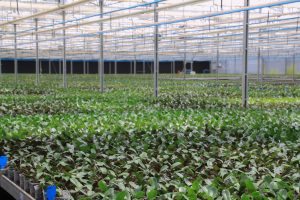
What are the major challenges for Ecoflora in the future?
The transition towards the next generation. I have two daughters and one son working in the company.
What is your vision of the Phalaenopsis product and what does this mean for the position of Ecoflora in five years’ time?
The Phalaenopsis product still has a long way to go in Brazil. It is still at the preliminary stage. On the one hand, you see that there are growers setting up larger production units, but you also observe that more and more niche markets are being explored. The growers are specialising
more in a certain market segment. Until a few years ago, we only had Phalaenopsis in a 15 cm pot in our offering. Now we have 15, 12, 9 and 6 cm and cascade.
Initiatives by the auction house to approach more potential customers, especially supermarkets and construction market chains, are starting to yield results. Several new chains are ‘discovering’ our sector. At the moment, the Brazilian economy has landed in a recession and it will take some years to emerge from it in a healthy way. Yet the Brazilian market has a lot of consumers and at the slightest economic growth we can already expect
a lot more trade. I am certainly positive about the future of Phalaenopsis in Brazil.
Anthurinfo
This article is part of the Anthurinfo May 2016. Read all articles here.
